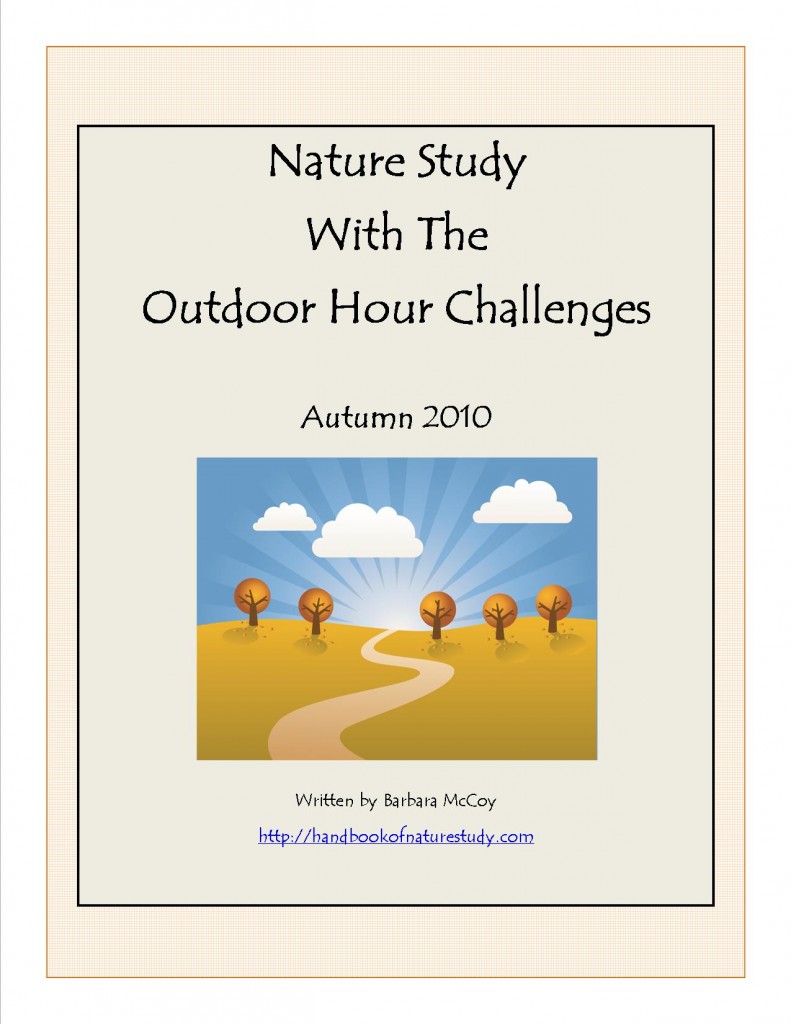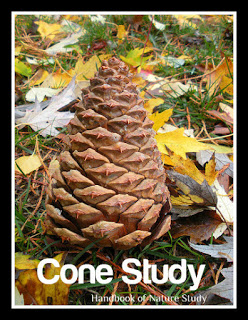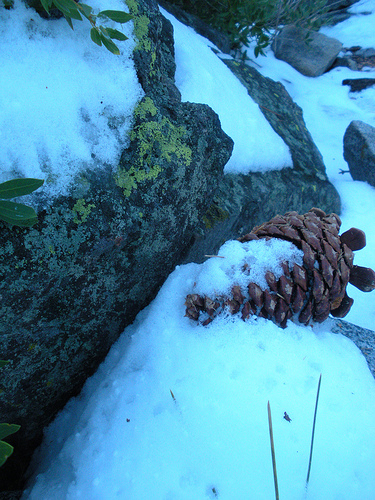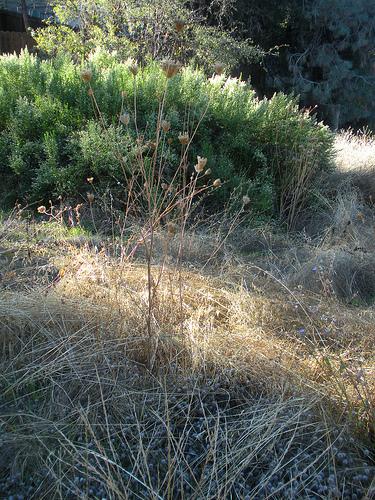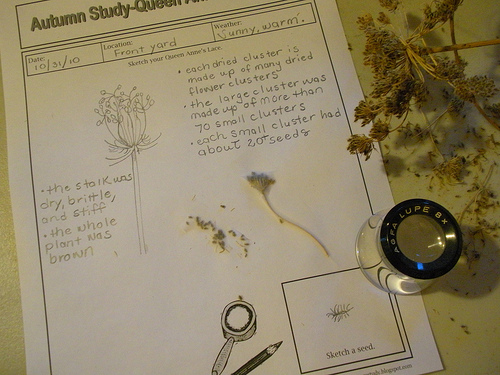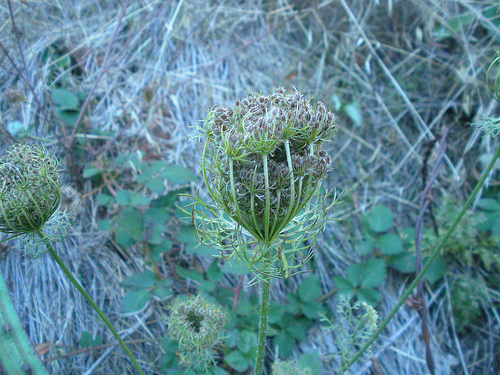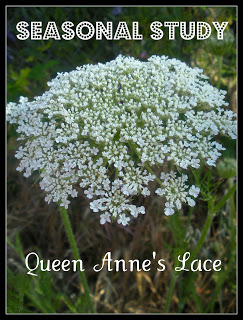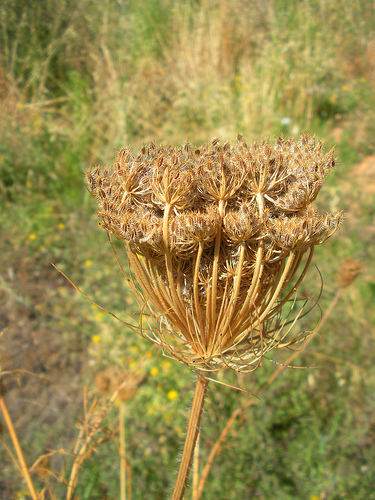My whole impetus for starting this blog was to share how our family finally cracked the book open and started implementing the ideas that Anna Botsford Comstock wrote about so skillfully in this book. The entire Handbook of Nature Study is to help parents/teachers to be better nature study guides.
The breath of fresh air, the moving about outside, the getting to know better our own backyard…these are the joys of the Outdoor Hour Challenge. The most successful families involved in the OHC are those that embrace the idea that getting outdoors as a family is important and worthy of our time. The OHC is the vehicle for getting us outside, hopefully giving us something interesting to learn about. If we skip the preparation work and don’t read the pages in the Handbook of Nature Study, we are missing out on the simple ideas that Anna Botsford Comstock shared in the pages of each lesson.
We can all use some refreshing ideas from time to time and I am encouraging every single participant of the Outdoor Hour Challenge to spend a few minutes over the next few weeks to read the pages from the challenges below…you will not be sorry. Read with a note pad or highlighter to create some of your own points to remember as you go outdoors with your children this winter. I have listed some of my favorite points below.
Handbook of Nature Study Reading Suggestions
Challenge 1: Pages 1-8
Challenge 2: Pages 23-24
Challenge 3: 16-17
Challenge 4: 10-11 and 13-15
“In nature-study the work begins with any plant or creature which chances to interest the pupil.”
“In nature study any teacher can with honor say, ‘I do not know’, for perhaps the question asked is as yet unanswered by the great scientists.”
“No child should be compelled to have a nature journal”
“…but in nature-study, the observation of form is for the purpose of better understanding life.”
“It is a mistake to think that half day is necessary for a field lesson, since a very efficient field trip may be made during the ten or fifteen minutes at recess, if it is well planned.”
You don’t have to go farther than you own backyard because “nature study is science brought home”.
To help us implement some of the ideas we read about, I have included a December World Notebook Page as part of this entry. You can use it to record your outdoor time over the next few weeks.








